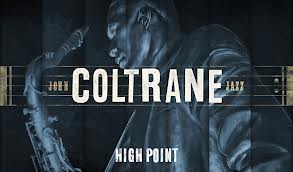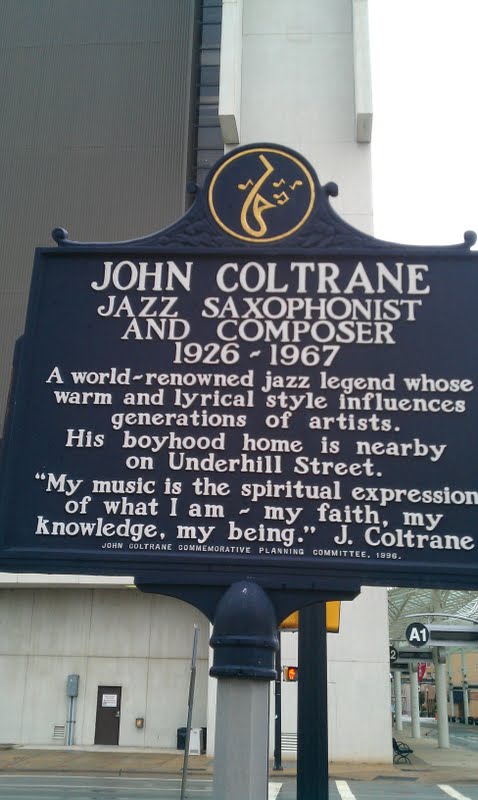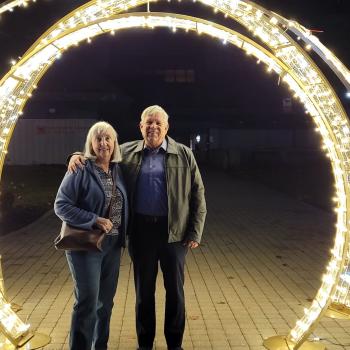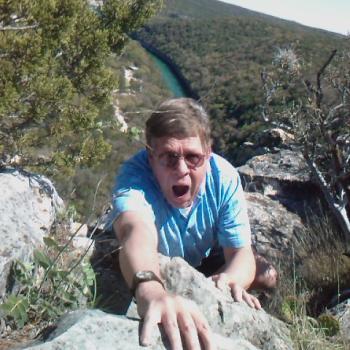Went back to the hometown, High Point N.C., while doing an event in Randolph county last month. Had some ‘cue– see picture above (for you non divine swine eaters, that’s short for southern barbecue which is hickory smoked pork— accept no substitutes). My real mission however was not to stop at Kepley’s but to finally: 1) find the Coltrane statue downtown, and 2) visit the High Point museum’s Coltrane wing (see the next post). Here’s the statue and it’s explanation—
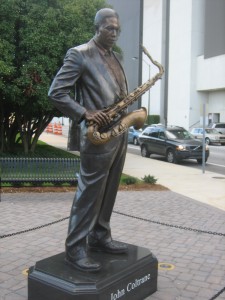
John Coltrane, by common consensus of saxaphone players even today was DA MAN. He was the most creative, most spiritual, most skilled saxaphone player to ever play the instrument. He brought rotary breathing into the playing of the instrument. He brought playing two notes at once into the skill set. He brought harmonics into playing of the saxaphone. The man was born in Hamlet N.C. but was quickly moved to High Point as an infant where he was raised, where he went to school, where he learned to play woodwind instruments, where he began to become who he would later be.
Coltrane had an absolutely distinctive sound as well. In fact they called it sheets of sound. If you are wondering where to begin penetrating the Coltrane ouevre, I recommend starting slow and easy with: 1) his Ballads CD, and 2) the best selling jazz CD of all time— Kind of Blue when he was in a group with Miles Davis and Bill Evans (the best trio imaginable, but they also had a great bass and drum player as well). Coltrane’s music was indeed spiritual. He was raised in the Baptist Church and you can read what he says on the sign above. There is even a church in San Francisco that has a Coltrane hymnal! I kid thee not. Coltrane tunes as the basis for hymns.
So if you want to start learning about classic jazz (not to be confused with modern smooth jazz), start with Trane, and Miles, and Evans, but especially Trane.



